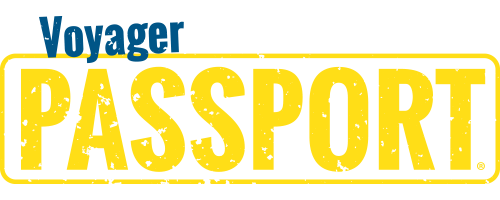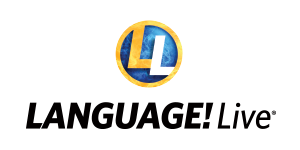Supporting Minnesota’s Science of Reading Initiative
The Minnesota Reading to Ensure Academic Development (READ) Act was passed earlier this year and will dedicate $70 million in state funds to help pay for literacy assessments for K–3 students. A large part of this investment will support teachers and retrain them on the science of reading.
According to the Minnesota Department of Education, the goal of this legislation is to have every Minnesota child reading at or above grade level every year, beginning in kindergarten, and to support multilingual learners and students receiving special education services in achieving their individualized reading goals.
The science of reading is a multidisciplinary field that combines neuroscience, psychology, linguistics, and education to unravel the mysteries behind this complex cognitive process. It seeks to understand how our brains decode written symbols, comprehend textual information, and extract meaning from the written word.
Reading comprehension is the ultimate goal of reading. It goes beyond the mere recognition of words and involves the active construction of meaning from the text. Reading comprehension is a complex cognitive process that relies on various language-processing skills and strategies.
Language processing is the ability to understand and manipulate the linguistic information presented in written text. It involves integrating knowledge of vocabulary, grammar, syntax, and discourse structures to derive meaning from the words and sentences we read.
At the most basic level, reading comprehension involves decoding individual words and understanding their meanings. This requires a robust vocabulary and knowledge of word meanings, allowing readers to connect the words they encounter to their mental representations. Additionally, readers must grasp the grammatical structure of sentences and use syntactic cues to interpret relationships between words.
Ready to dive into the Science of Reading with aligned intervention solutions?
Backed by decades of literacy research, our assessment and intervention products are built on the science of reading. Explore our evidence-based K–12 solutions and help get your students on the path to success.


